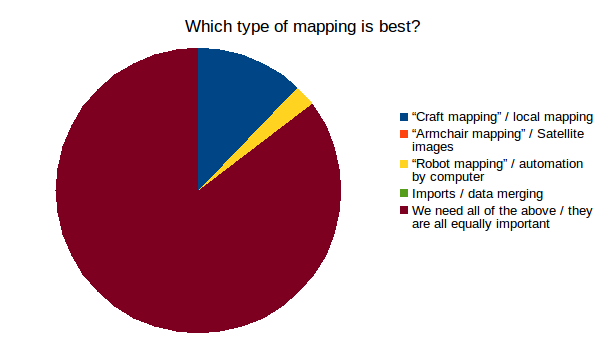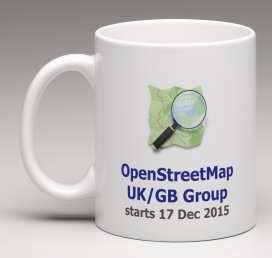I must be mad as I have started two proposals in a day.
- Deprecate socket:tesla supercharger and socket:tesla destination
- Rules for marking some Mailing Lists as archived
I have also started a conversation (and am looking for proposals) on bicycle charging tagging.
I welcome all your comments on them.


 Join us for the first meeting from the comfort of your own home at 8pm December 17th. All the details you need including the link to the survey results can be found at
Join us for the first meeting from the comfort of your own home at 8pm December 17th. All the details you need including the link to the survey results can be found at 